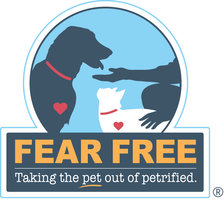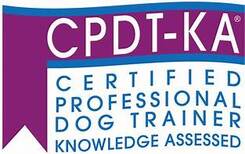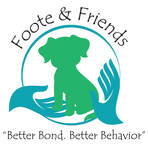What's Happening at TTAH
Here's what people are saying:
|
"The Tidewater Team is always ready to assist! Every appointment I have had has been excellent in service, time and especially care and concern for my pets. Thank you for treating them like family!"
|
"My cat came to my house. He appears to have had bad experiences with people when he was lost. TWT Vet is wonderful with this cat providing great care and attention, treating my cat gently and lovingly, soft spoken and my cat stays calm. TY"
|
|
"You're always taking the most consideration possible for our pups; great forethought and planning. The Dr. is always looking out for the best of our fuzzy family. I love Tidewater Trail, haven't been this happy with a vet for a long time!"
"The vets and staff are the best around. They took such good care of my last dog and now the same is true for my new dachshund. There are several places closer to me, but I choose to drive farther to go to Tidewater Trail. Totally worth it!"
|
"Everyone who works here are unbelievably nice, compassionate and knowledgeable. I would highly recommend Tidewater Trail Animal Hospital"
Front staff was welcoming and helpful. Dr was fantastic, listened to our concerns and gave us great suggestions."
|








